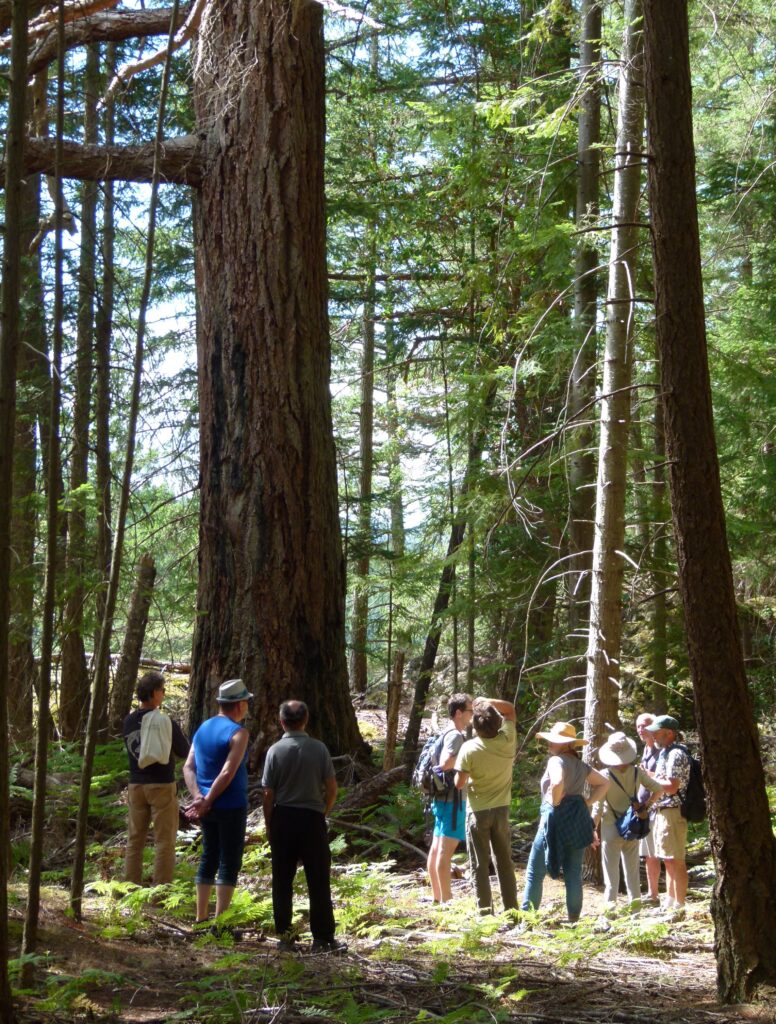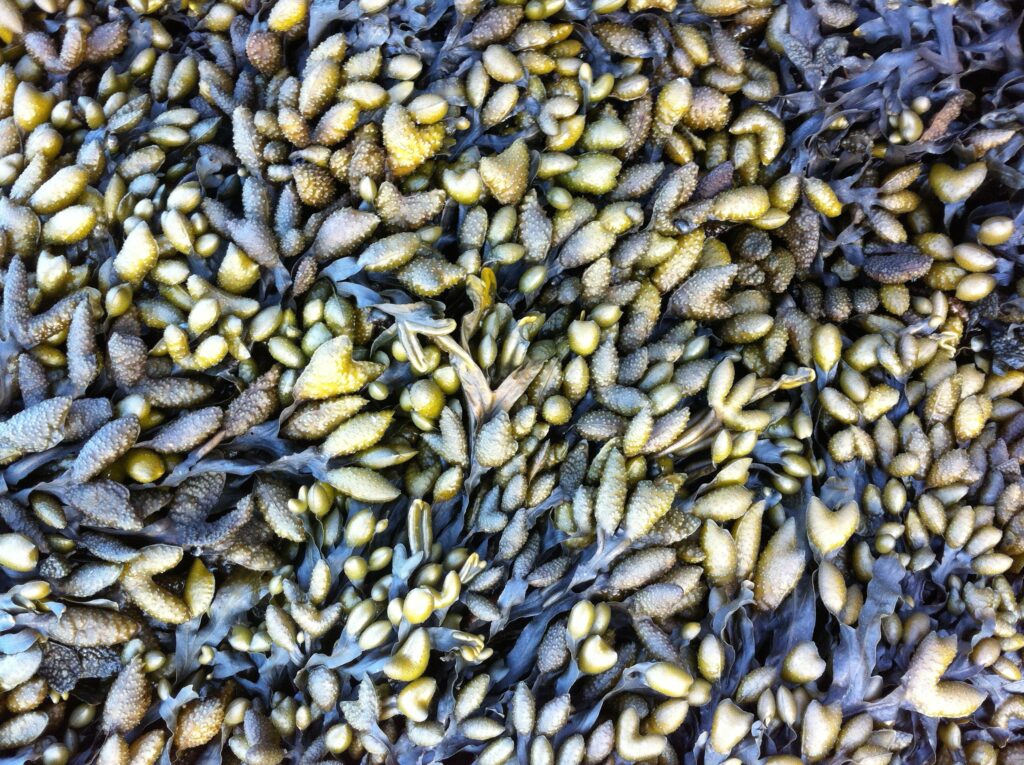Lasqueti Island Nature Conservancy is a community-based land trust operating on Lasqueti Island and its surrounding archipelago.

LINC’s Mission Statement
LINC conserves nature on Lasqueti Island and surrounding islands and waters through education, stewardship, restoration and long-term protection of areas of ecological and cultural significance.
LINC became a registered non-profit Society in 2007 and a federally approved charity in 2012. Our Charity Number is BN 848485595RR0001
The Conservation Challenge
Lasqueti and surrounding islands are within a globally important biogeoclimatic zone. The Coastal Douglas-fir (CDF) zone is the rarest in BC and is of great conservation concern. The CDF zone is less than 1% of BC and Lasqueti is in all of it.
According to our 2021 Community Survey, respondents ranked the following as the threats to biodiversity: climate change, human development, lack of ecological knowledge, and invasive plants and feral sheep.
Although about 10% of the Lasqueti and surrounding areas are protected, (6% on Lasqueti), much of that is in the surrounding islands and islets. Since 2016 our population has grown by 24.4%, with total population in 2021 of 498 with 506 houses. With continued development, and impacts from climate change and invasive species, natural areas on Lasqueti are threatened with fragmentation and loss of its essential biodiversity.
Gratefully, previous community members have generously donated land, and many others have given financial support and volunteer assistance. LINC relies on membership, donations, grants and service contracts to support our conservation and stewardship programs. Increased community outreach, land stewardship, ecosystem protection and organizational capacity will help us reach our long-term vision.


LINC’s Vision Statement
Lasqueti Island Nature Conservancy in collaboration with other partners and the community has created a network of protected ecosystems and cultural sites representing at least 50% of Lasqueti Island and its surrounding islands. This network provides habitat for building climate resilience for the full diversity of species native to our part of the Salish Sea. Residents and visitors are well informed about local biodiversity and natural history and act in ways that promote stewardship and maintain and restore local ecological integrity.
Creating Change
Through the stewardship and protection of natural habitats, ecosystem processes and species can continue to adapt to changing climates and endure. Increased education and outreach to the community about natural processes and ecosystems, and knowledge of stewardship actions and conservation tools will help us move toward further conservation in the next five years (from 10% – 20%)
LINC’s History
Lasqueti Island Nature Conservancy (LINC) became a registered non-profit Society in 2007 and a federally approved charity in 2012. Our Charity Number is BN 848485595RR0001
LINC is a community-based land trust whose history began with the Squitty Bay Park Extension in 2007. Squitty Bay on the south end of Lasqueti-Xwe’etay Island has been used for many years as an island gathering site for fishing, picnics, beach combing, weddings and other celebrations. When the provincial government proposed trading 14 acres of the spectacular Squitty Bay peninsula for 174 acres of Crown land the islanders said “NO” to any loss of publicly owned land. Through vigorous lobbying of the government, the trade did not take place. Rather, money was found in the public treasury to purchase the parcel and Lasqueti-Xwe’etay had its first Provincial Park – Squitty Bay Provincial Park. The residents lobbied hard and raised some of the final sale price.
Several years later Jedidiah Island in the Sabine Channel came up for sale. The largely undeveloped 400 plus acres were well known to islanders and boaters up and down the Salish Sea. When the Provincial Government was reluctant to put up the money, Lasqueti-Xwe’etayans offered again to raise a portion of the purchase price and the island was acquired through many generous donations from across the Salish Sea.
In 2007 an opportunity to expand Squitty Bay Provincial park by 90 acres arose and islanders again took up the challenge. Another large fundraising effort was initiated resulting in the successful acquisition and transfer/lease of the property to BC Parks and The Nature Trust of BC. At this point a few individuals felt that the time had come to have a conservancy on Lasqueti-Xwe’etay and LINC was founded.
In 2010 LINC was designated by BC Land Title and Survey to hold a section 219 covenant. In 2012, the conservancy revised its constitution, and applied for and received charitable status. In that same year, LINC resolved to work toward adopting the Canadian Land Trust Standards and Practices. In 2013 LINC received designation as an Eligible Recipient for Ecological Gifts, and was given authority to hold a statutory right of way over lands with a Section 219 covenant.
LINC negotiated a conservation covenant over the Mt. Trematon Nature Reserve in 2013 and has been monitoring and conducting habitat restoration work on the Nature Reserve since then. In 2010 long time Lasqueti resident Johnny Osland passed away and left his 160-acre property to the Islands Trust Conservancy (ITC) to be protected as a nature reserve. LINC and the Islands Trust Conservancy worked together and agreed to a conservation covenant in 2015, coheld with the Nanaimo and Area Land Trust (NALT) that protects the unique wetland habitat on the property as well as large stands of older forest with its associated ecosystems.
The Salish View Nature Reserve is a 28-acre property adjacent to Squitty Bay Provincial Park. A significant fundraising effort led by LINC resulted in its protection in 2018. With assistance from NALT and ITC It was transferred to the Islands Trust Conservancy with a conservation covenant registered to LINC and NALT upon transfer. Salish View contributes to the conservation value of the Squitty Bay Provincial Park, protects a rare species of lichen and other species at risk, a stand of veteran old growth Douglas-fir trees and provides a publicly accessible hiking trail to a spectacular view point.

